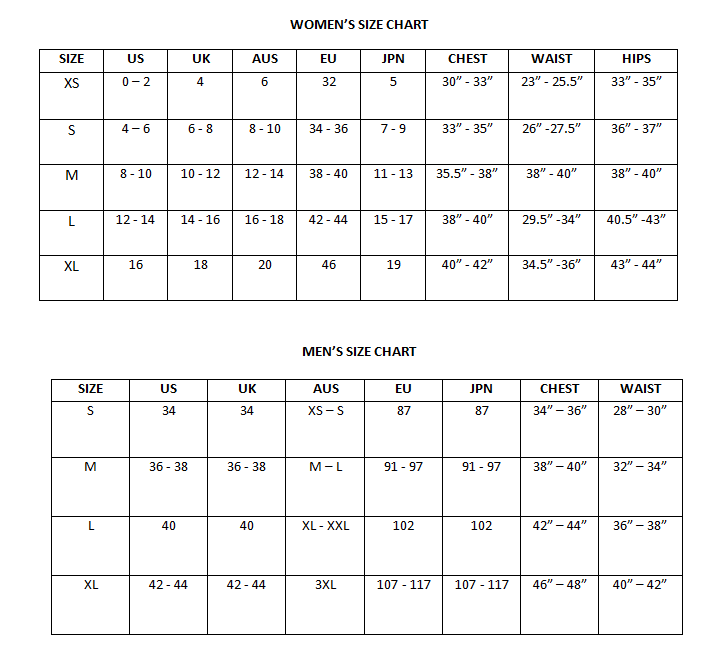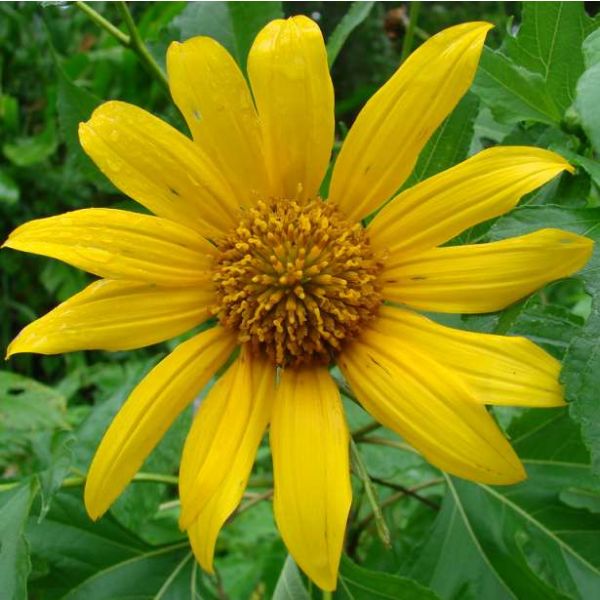Arnica Montana Seeds (Leopard's Bane Seeds)
Arnica Montana Seeds (Leopard's Bane Seeds)
Medicinal plant with yellow flowers.

Delivery
All orders shipped with UPS Express.
Always free shipping for orders over US $250.
All orders are shipped with a UPS tracking number.
Returns
Items returned within 14 days of their original shipment date in same as new condition will be eligible for a full refund or store credit.
Refunds will be charged back to the original form of payment used for purchase.
Customer is responsible for shipping charges when making returns and shipping/handling fees of original purchase is non-refundable.
All sale items are final purchases.
Help
Give us a shout if you have any other questions and/or concerns.
Email: contact@domain.com
Phone: +1 (23) 456 789
Availability: In stock
SKU
Arnica Montana
Arnica montana is a perennial herb known for its medicinal properties, especially in natural healing and pain relief. Native to the mountainous regions of Europe, it is widely used in homeopathic remedies and topical applications.
This herb grows up to **60 cm (2 feet)** tall and produces vibrant yellow flowers that bloom from June to August. It thrives in well-drained soil and prefers cooler climates, making it an excellent addition to herb gardens or natural remedy collections.
Arnica montana is perfect for creating soothing creams and tinctures. It is highly valued for its anti-inflammatory and pain-relieving properties, commonly used to treat bruises, sprains, and muscle pain.
| Common name | Leopard's bane, Wolf's bane, Mountain Tobacco |
|---|---|
| Family | Asteraceae |
| Genus | Arnica |
| Species | Arnica montana |
| Therapeutic uses | Its roots and flowers are used to make a tincture or gel that is applied exogenously in the treatments of wounds, bruises, sprains, hair-growth, and chilblains. |
| Germination | Sow in pots and germinate at a temperature of ~ 55øF (13øC). Grow for one year before transplanting outdoors following the last frost. Sow the seeds in sandy loams but will perform well in most soils as long as it is well drained. Space plants about 30 cm (12 inches) apart. Seeds are usually take about a month to germinate, but can take as long as two years. Also cut back before flowering to keep stems short, and after flowering to produce a secondary bloom. |
| Price View | Price Range |

